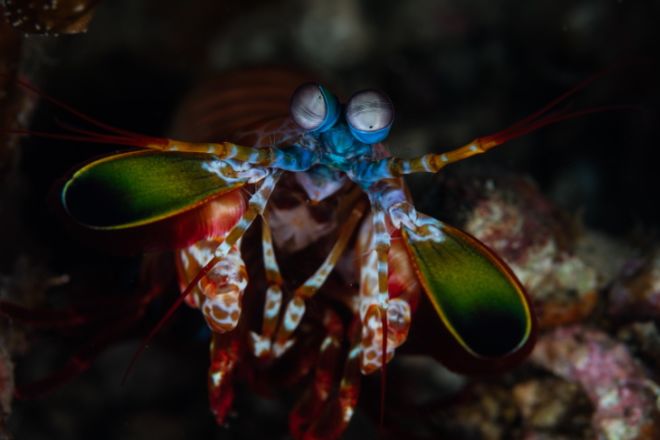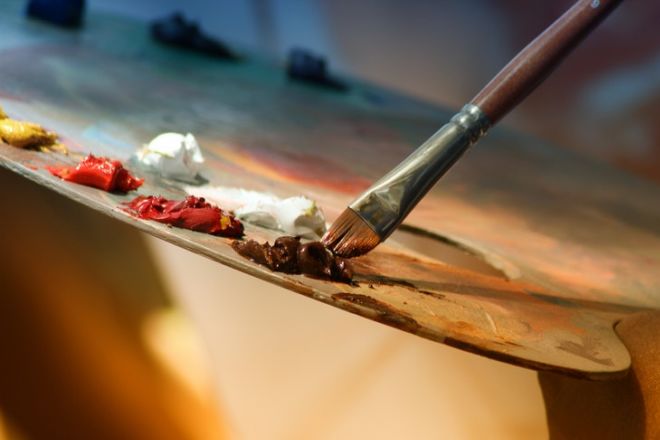6. The taste of foods can be influenced by the color of the tableware they’re served in

Yes, it’s true, the color of your coffee mug can affect how tasty the beverage within it is, at least that’s what researchers at the Polytechnic University of Valencia and Oxford University have found. During the study, participants had to rate identical hot chocolate served in white, cream, red and orange plastic cups.
The beverage that came in orange and cream-colored cups were rated significantly higher than the rest, urging the researchers to conclude that the color of the containers and tableware can actually influence how tasty you perceive it to be.
7. The color you see when you’re in completed darkness has a name

When people suddenly move from a light to a very dark room, they all report seeing the same uniform dark shade of gray while their eyes are adjusting to the new dark environment. The name of this interesting color is ‘eigengrau’, and it can be translated as ‘own gray’ from German.
8. The animal capable of seeing the widest range of colors is the mantis shrimp

Mantis shrimp are strange colorful creatures that have an incredibly powerful and fast punch, but probably the most outstanding feature these animals have is their incredible vision. These sea dwellers have the widest range of color perception in the entire animal kingdom, being capable of seeing in ultraviolet, infrared, and polarized light. Compared to humans, who only have three color-sensitive cones, mantis shrimp has 16, and it has been estimated that mantis shrimp see 10 times more color than the average human.
9. Red and yellow are the most appetizing colors

Who knew that the color combination of mustard and ketchup could be the most appetizing to humans? Well, now that we think of it, most fast-food chains have clearly known this for a while, just look at the logo of McDonald’s, Wendy’s or Burger King, just to name a few. In fact, several research articles have confirmed this theory, and the phenomenon itself is known as ‘the ketchup and mustard theory’.
10. Painters had quite a limited color palette until the 19th century

For centuries, painters were limited to a small color palette, as color pigments were naturally derived and incredibly expensive. However, by the 19th century, the era of Impressionism in art, artists and manufacturers started experimenting with chemical processes to yield vivid, never before seen colors that even came in tubes, such as a bright cadmium red, for example, that became the signature color of the painter Henri Matisse. This not only expanded the artists’ color palette but allowed them to paint outside, as paints were made portable for the first time.

